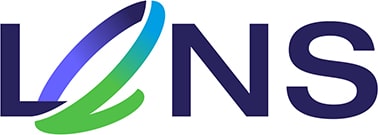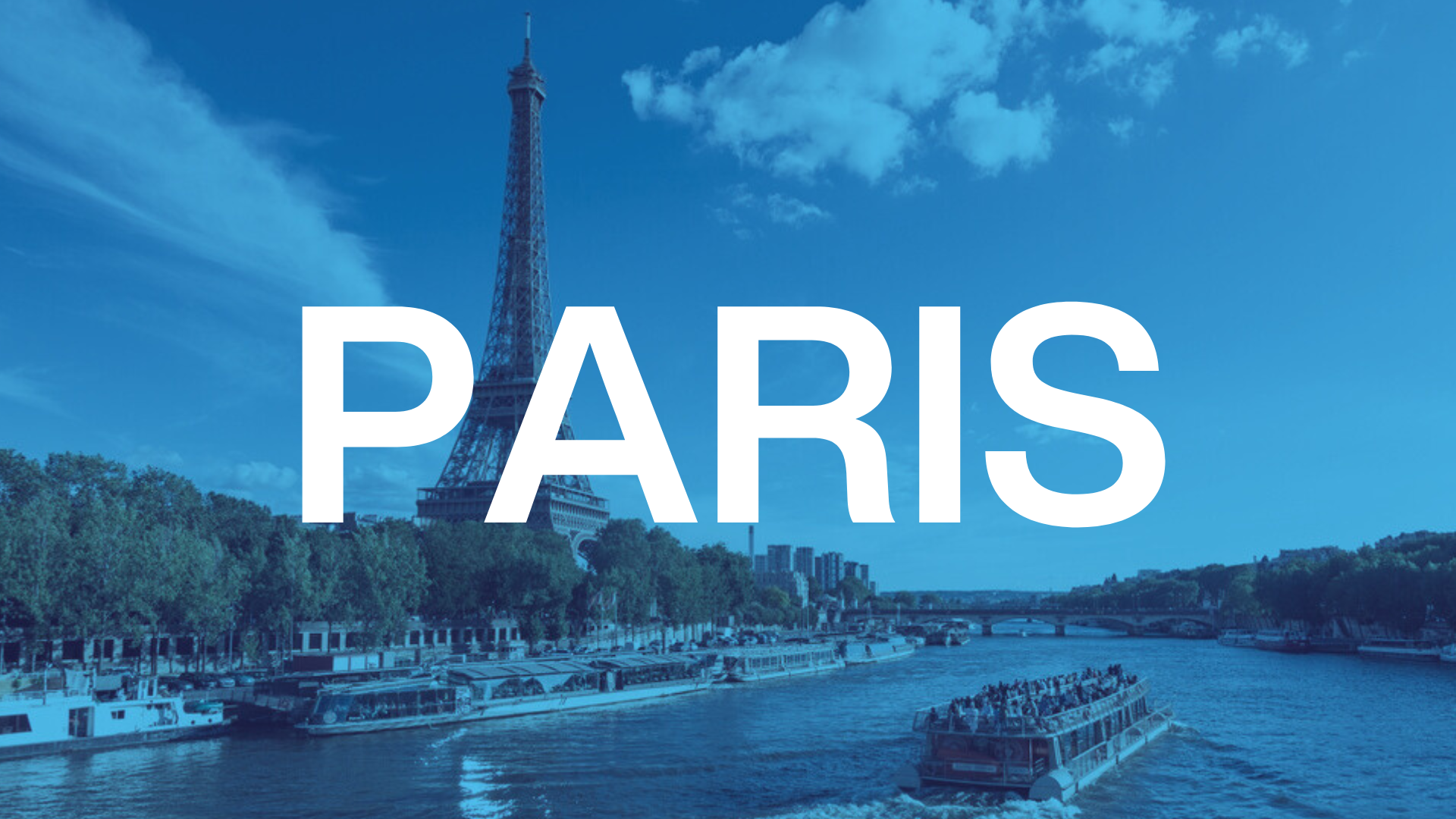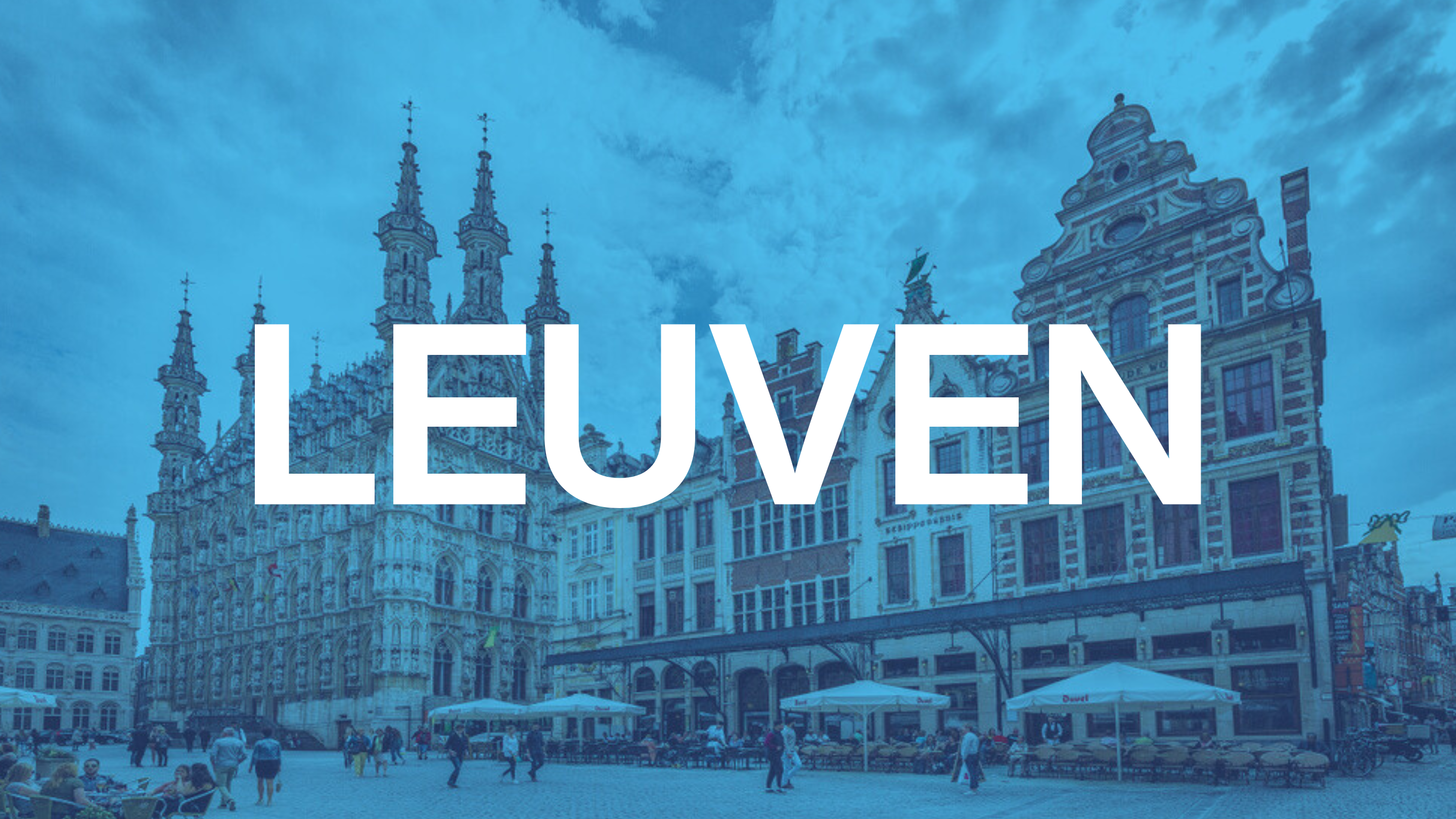Demonstration sites
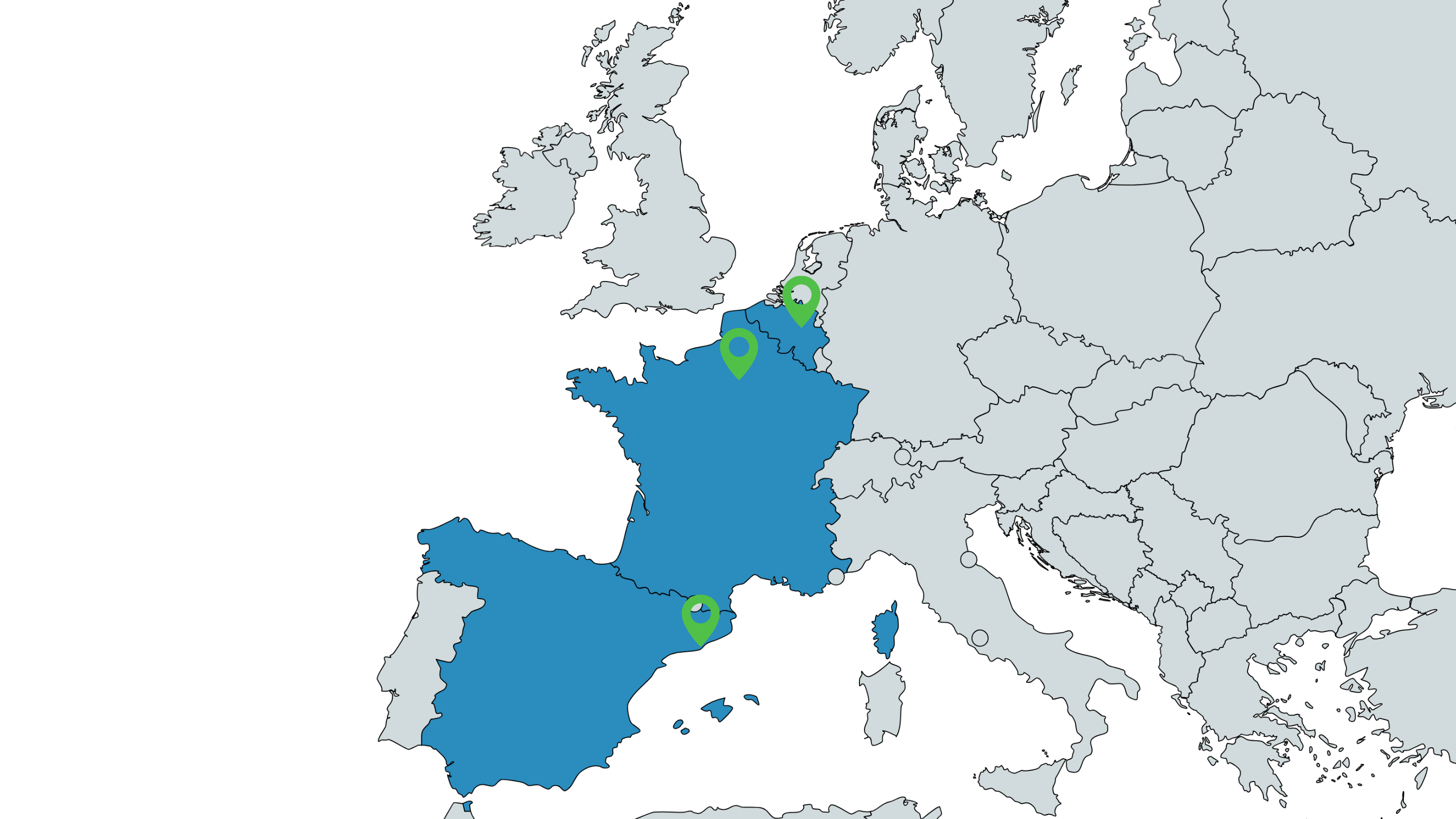
LENS carries out roadside noise measurements during field surveys and provides local support to the survey locations in Leuven (BE), Paris (FR), and Barcelona (ES). The project demonstrates the impact of different measures on the environment and health by measuring noise levels in actual conditions, both on board and at the roadside. Measurements are modeled based on the new data collected, allowing to provision of a baseline L-vehicle contribution to noise in urban and non-urban areas in the EU.
PILOTS
Leuven
Thanks to a strong cooperation between the City of Leuven, its authorities and the LENS project, more than 200 L-vehicles were tested during five days of measuring noise- and air pollution at a suburban and urban site of the Belgian city.
PARIS
LENS is testing noise- and air pollution of L-vehicles after the Olympic and Paralympic Games for at least five days in a suburban and rural site of the Ile-de-France region in and around Paris.
Barcelona
Thanks to the fact that Barcelona is home to the largest L-vehicle fleet in Spain and potentially even Europe, expectations are high for the tests, which are conducted in October 2024.
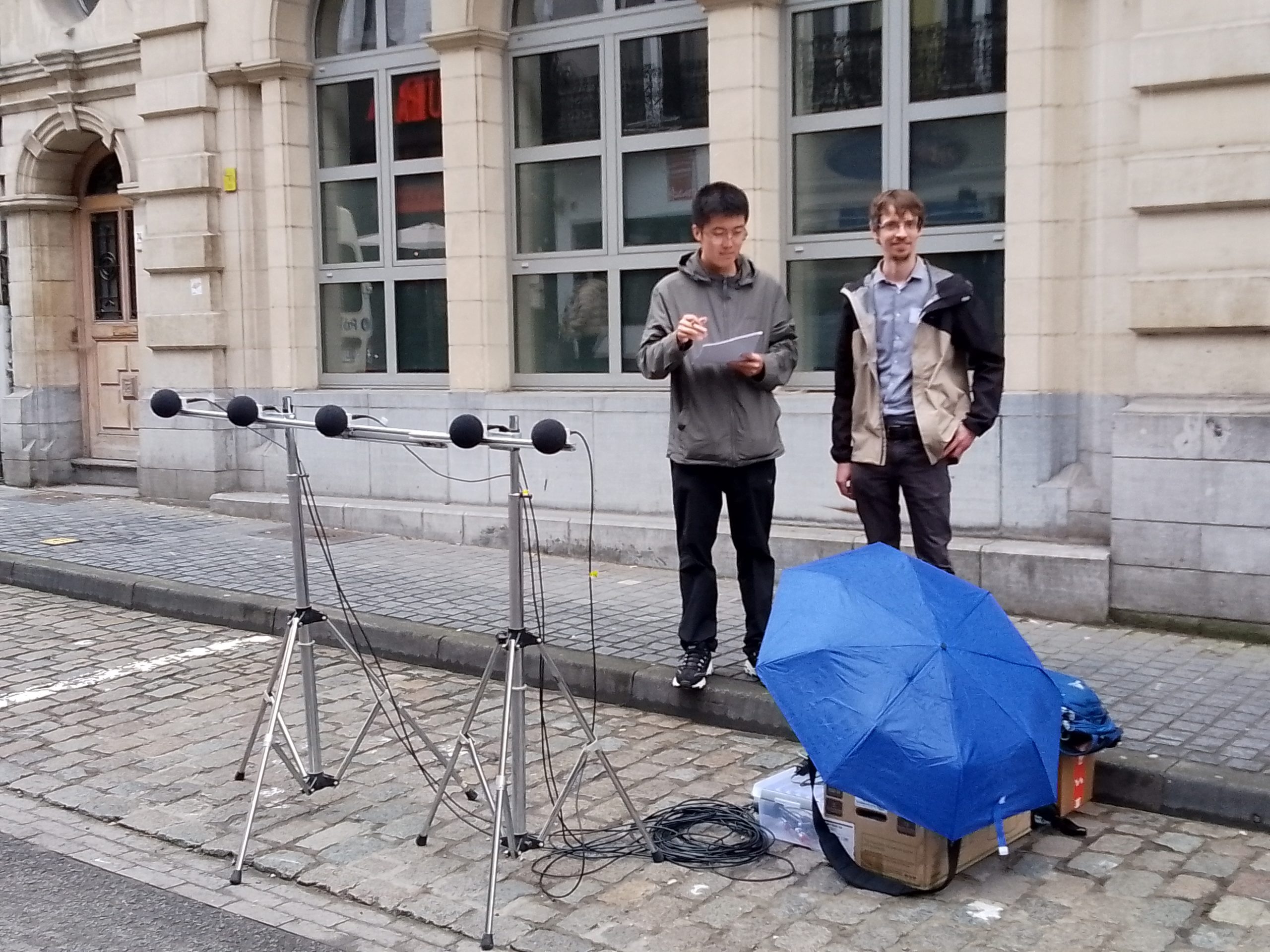
Noise pollution measurement
A linear array of five microphones was used to continuously monitor the sound pressure level of passing L-vehicles. The measurement system automatically started recording when the sound pressure level exceeded a threshold due to a passing vehicle. From these recorded signals, a wide range of features will be computed or extracted using AI methods. These will be analyzed in the upcoming months to identify the most suitable set of features to identify tampering.
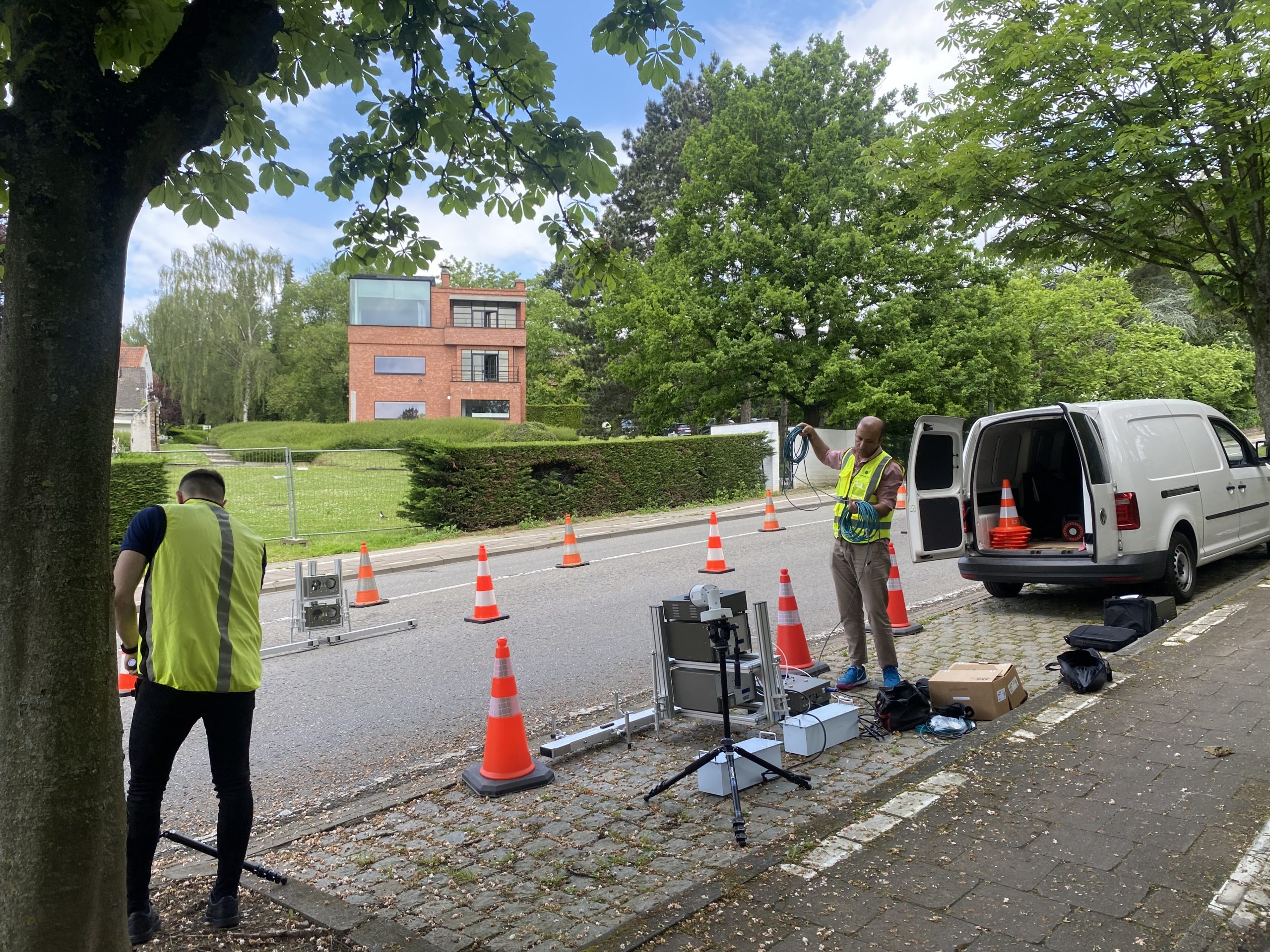
Air pollution measurement
As part of the air pollution measurement, the speed and acceleration of the L-vehicle are measured using light barriers and the vehicle is registered using an AI-based automatic number plate recognition system. In addition, the air is measured by ‘point sampling’, which includes several instruments to measure different aerosols (particulate matter and number) and gases (CO2, NOx and others). In addition, a stripe image is produced, which is used to visually assess the exhaust gas. The size and density of the cloud provides a visual indication of the vehicle’s emissions and whether the L-vehicle deviates from the norm.
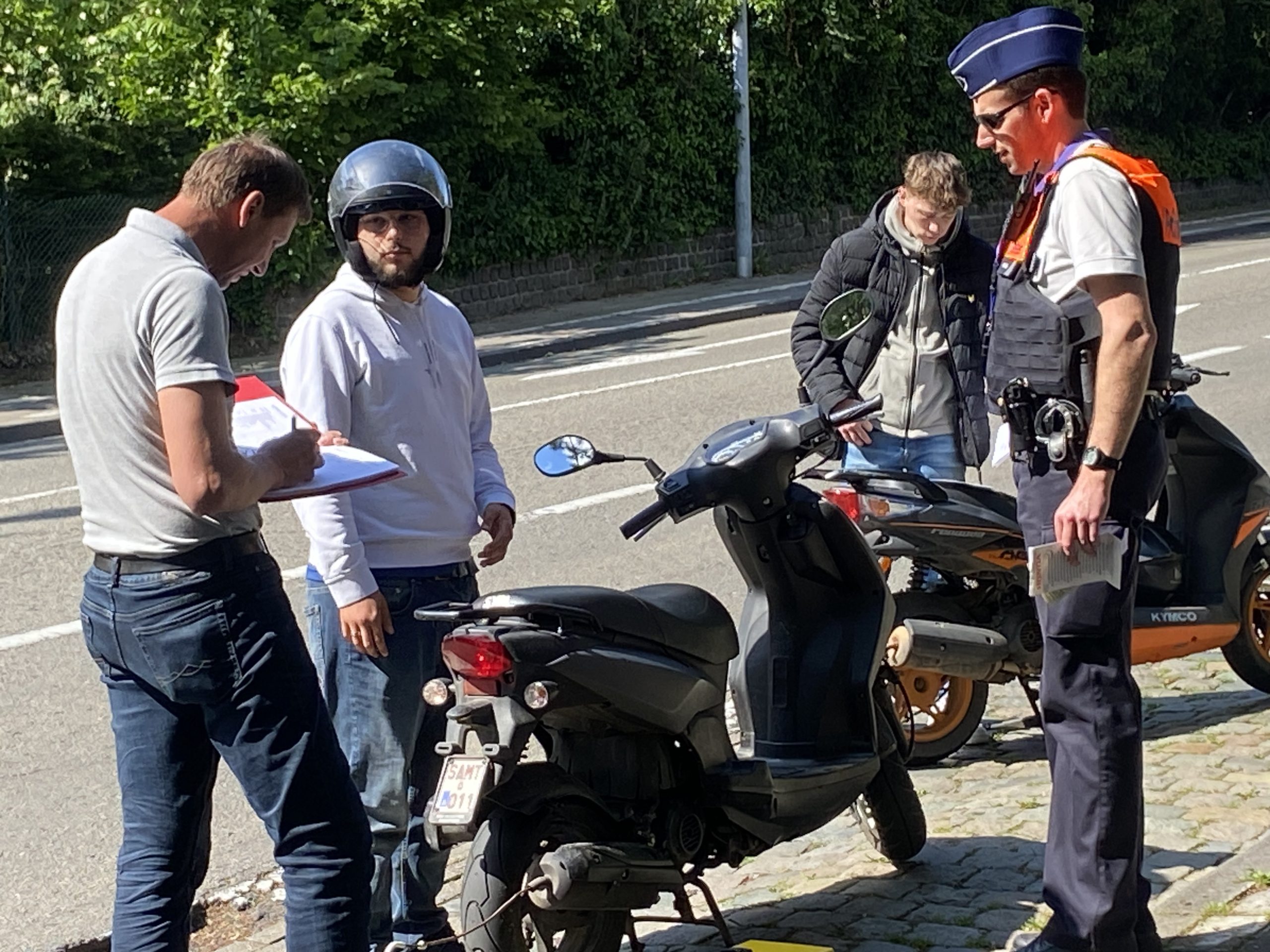
Roadsite inspection
The roadside inspections were carried out by the Leuven police together with a L-vehicle expert from TU Graz after the driver of the L-vehicle had gone through the above-mentioned instruments. After being pulled over to stop at the roadside, this procedure included a check of the vehicle documents, a visual inspection of the vehicle, and a carbon monoxide (CO) and hydrocarbon (HC) idle test. On one of the days during the campaign, also a stationary noise test was conducted with a handheld dB meter. It is a test described in the EC regulations on type approval of L-vehicles (see Commission Delegated Regulation (EU) No 134/2014) and implemented in national law by the member states. After modifications, any L-vehicle should still pass this test within the tolerances and specifications described in the regulations.
